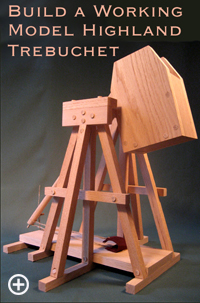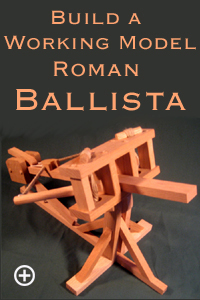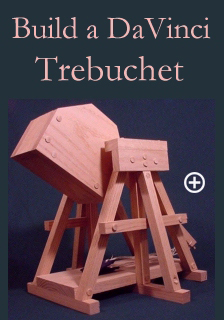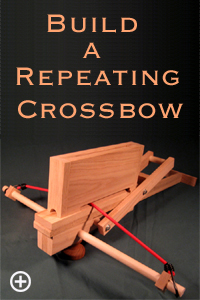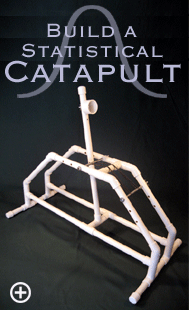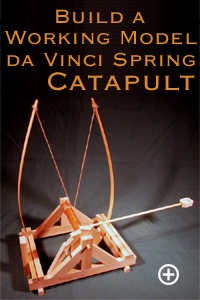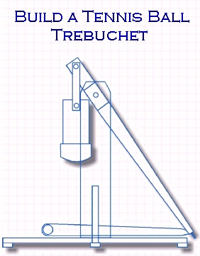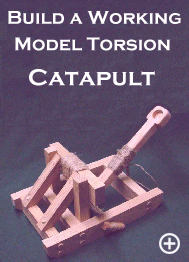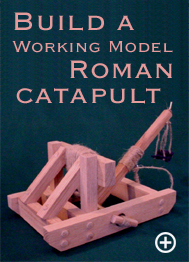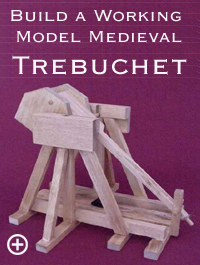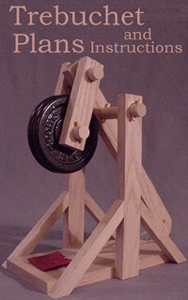Medieval Winter Siege
Trebuchets Atop Siege Towers
Scene depicting refugees in a defensive trench during
a medieval winter siege. In the background are hinged counterweight trebuchet
batteries atop siege towers. Although this would give the trebuchets additional
range, siege towers, or belfries as they where known, were normally built
for overrunning castle walls.
Belfries were built at a distance from the wall, then
rolled into position. They were constructed with a series of platforms
connected by ladders. Heavy planking and fresh animal hides helped protect
the attackers from missiles and hot or burning liquid thrown from the castle.
Once in position, the men in the belfry would lower a bridge and rush the
defenses atop the wall. The ground level of the tower provided protection
for sappers, or could house a battering ram.
It is unlikely the belfries in the illustration could
close the distance to the castle; the approach is too steep. On level ground,
defenders often prepared the ground around the castle to disable belfries.
The defenders dug ditches and refilled them with soft earth that could
not support the enormous weight of a siege tower. Attackers were forced
to fill and compact the approach before advancing the belfries.
More Siege Scenes:
|
Catapult Plans
|
Trebuchet Plans
|
|
|
|
Save with Plan Multi-Packs
|
| | 2 Plans $19.95 FREE
Shipping | |
|
Select 2 Plans
|
|
|


